Coffee lovers and history buffs alike can find common ground in the world’s most iconic cafés. These legendary establishments have witnessed centuries of cultural evolution while maintaining their distinctive charm and elegance. From European literary haunts to South American architectural gems, these coffee houses offer more than just a caffeine fix – they provide a journey through time where every sip comes with a story.
1. Café Central – Vienna’s Intellectual Playground
Grand marble columns reach toward vaulted ceilings in this magnificent Viennese institution dating back to 1876. Café Central wasn’t just a coffeehouse – it was an intellectual battleground where minds like Sigmund Freud, Leon Trotsky, and Adolf Hitler all spent time (though thankfully not simultaneously).
The chess tables in the corner still welcome players daily, continuing a tradition that spans generations. Piano melodies float through the air as waiters in formal attire deliver traditional Sachertorte and melange coffee on silver trays.
Despite its historical significance, Café Central avoids feeling like a tourist trap. Local Viennese still claim favorite tables, newspapers are provided on wooden holders, and the atmosphere remains authentically Austrian. The café’s nickname “the thinking factory” feels as appropriate today as it did a century ago.
2. Caffè Florian – Venice’s Living Museum
Nestled in the heart of Piazza San Marco since 1720, Caffè Florian stands as the oldest coffeehouse in continuous operation in Europe. Gilded mirrors reflect the light that streams through tall windows, illuminating frescoed ceilings that have witnessed three centuries of Venetian life.
Literary giants Lord Byron and Charles Dickens once penned thoughts at these very tables, while Casanova reportedly chose Florian as his hunting ground for romantic conquests. The café’s timeless appeal lies in its perfect balance of opulence and comfort.
Today, visitors sip espresso from delicate porcelain cups while a small orchestra plays classical music in the background. Though prices reflect its prestigious location, the experience of stepping into this living museum justifies every euro spent.
3. Café de Flore – Paris’s Existentialist Haven
Red leather seats and mahogany tables have remained virtually unchanged since the 1880s at this cornerstone of Parisian intellectual life. Jean-Paul Sartre and Simone de Beauvoir made Café de Flore their unofficial office, developing existentialist philosophy between cups of strong black coffee.
The Art Deco interior creates a warm glow even on gray Parisian days. Waiters in traditional black and white attire move efficiently between tables, carrying trays of espresso and flaky croissants to a mix of locals and visitors.
Located in the Saint-Germain-des-Prés district, Café de Flore continues to attract creative minds. Fashion designers sketch new collections, writers fill notebooks, and photographers capture the quintessentially Parisian scene. The café’s enduring appeal proves some places truly stand outside of time.
4. Les Deux Magots – The Literary Soul of Paris
A stone’s throw from its rival Café de Flore stands Les Deux Magots, named after two Chinese figurines that still watch over the main room. Ernest Hemingway drafted paragraphs here while nursing budget-friendly coffee, and Pablo Picasso sketched revolutionary ideas on napkins between heated debates with fellow artists.
Morning light filters through large windows, illuminating the green banquettes and brass railings that define this temple to Parisian café culture. The house specialty – rich hot chocolate served in silver pots – remains unchanged since the days when surrealist manifestos were being drafted at these tables.
The terrace offers prime people-watching along Boulevard Saint-Germain. Though modern Paris swirls around it, Les Deux Magots maintains an atmosphere where you half-expect to see Hemingway himself walk through the door, manuscript in hand.
5. Café Tortoni – Buenos Aires’s Belle Époque Treasure
Stained glass ceilings cast colorful patterns across marble tables at Café Tortoni, Argentina’s oldest coffeehouse established in 1858. The French-inspired façade opens into a world where time seems to have stopped during the golden age of Buenos Aires.
Billiard tables occupy the back room where tango legends once challenged each other to matches between performances. The walls display portraits of famous patrons – Jorge Luis Borges held court here regularly, while Albert Einstein visited during his South American tour.
The café’s signature submarino – a glass of hot milk served with a bar of dark chocolate to melt inside – continues to delight visitors. Local porteños mix with tourists in a democratic atmosphere that has defined Tortoni since its inception. The waiters, some having served for decades, move with unhurried precision through this living museum of Argentine culture.
6. Café Majestic – Porto’s Belle Époque Masterpiece
Walking into Café Majestic feels like stepping onto a movie set depicting European grandeur of the 1920s. Leather-backed chairs invite patrons to sink in and admire the plasterwork ceiling adorned with cherubs and floral motifs that seem to dance in the light of crystal chandeliers.
Founded in 1921, this Porto institution became the meeting place for the Portuguese city’s intellectual and artistic elite. Legend claims J.K. Rowling sketched early ideas for Harry Potter while teaching English in Porto and frequenting this very café.
The piano in the corner occasionally springs to life with classical melodies that complement the Art Nouveau surroundings. Despite its museum-like quality, Café Majestic maintains a living connection to Porto’s cultural scene. Servers in formal attire present traditional Portuguese pastries on silver platters, continuing a century-old tradition of elegant service.
7. Confeitaria Colombo – Rio’s Gilded Age Confectionery
Massive Belgian mirrors create infinite reflections inside Confeitaria Colombo, multiplying the beauty of its Art Nouveau interior established in 1894. Italian marble counters display colorful Brazilian pastries beneath stained glass panels that filter Rio’s intense sunlight into a soft, golden glow.
The café rose to prominence during Brazil’s Belle Époque when the country’s elite would gather here after attending the nearby Municipal Theater. Women in fashionable hats would gossip over tea while politicians discussed the young republic’s future beneath the ornate ceiling fans that still turn today.
The second-floor tearoom offers views of the bustling first floor through wrought-iron balustrades. Confeitaria Colombo serves as a delicious time capsule where traditional Portuguese-Brazilian treats like pastéis de nata (custard tarts) are prepared according to century-old recipes. The café’s grandeur reminds visitors of a time when Rio positioned itself as the Paris of South America.
8. Café du Monde – New Orleans’ Beignet Paradise
Unlike its European counterparts, Café du Monde embraces open-air simplicity beneath a green and white striped awning in New Orleans’ French Market. Established in 1862, this 24-hour institution serves just two beverages – coffee with chicory and hot chocolate – paired with their famous beignets dusted with mountains of powdered sugar.
Jazz musicians often perform nearby, their melodies mixing with the constant chatter of patrons and the hiss of espresso machines. The café survived the Civil War, two World Wars, and Hurricane Katrina, becoming a symbol of the city’s resilience.
Locals and tourists alike line up for a taste of New Orleans tradition, where the simple pleasure of fried dough and strong coffee transcends cultural boundaries. The no-frills metal tables and chairs have witnessed countless conversations, celebrations, and quiet moments of contemplation as the Mississippi River flows nearby.
9. Café A Brasileira – Lisbon’s Literary Landmark
A bronze statue of poet Fernando Pessoa sits eternally at an outdoor table of Café A Brasileira, commemorating the countless hours he spent writing at this Lisbon institution. Founded in 1905 to promote Brazilian coffee to Portuguese consumers, the café’s Art Deco interior features dark wood paneling that gleams beneath the warm glow of brass light fixtures.
Mirrored walls create a sense of spaciousness in the narrow café, reflecting the animated conversations of patrons seated in leather booths. The baristas work with practiced precision behind a marble counter, pulling perfect espressos for a mix of locals and visitors.
Located in the historic Chiado district, A Brasileira serves as both a functioning café and a pilgrimage site for literature lovers. The outdoor terrace offers views of Lisbon’s distinctive architecture and cobblestone streets. Despite its tourist appeal, the café maintains authentic Portuguese coffee culture with affordable prices and no-nonsense service.
10. Antico Caffè Greco – Rome’s Artistic Sanctuary
Since 1760, the narrow rooms of Antico Caffè Greco have served as a refuge for artists, writers, and composers seeking inspiration in the Eternal City. Walls adorned with over 300 paintings and sketches create a gallery-like atmosphere where patrons sip espresso surrounded by centuries of artistic heritage.
Goethe, Keats, and Shelley all found creative sanctuary here, writing at the small marble tables that still accommodate visitors today. The red velvet benches and antique wooden chairs have witnessed countless discussions that shaped European literature and art.
Located near the Spanish Steps on Via Condotti, the café offers a moment of calm amid Rome’s bustling center. Waiters in formal attire serve coffee on silver trays with the same ceremony that has defined the establishment for over 260 years. Despite its prestigious history, Caffè Greco maintains a welcoming atmosphere where new generations of thinkers continue to gather.
11. Café Tomaselli – Mozart’s Salzburg Retreat
Nestled in Salzburg’s charming Alter Markt square, Café Tomaselli has been serving coffee since 1703, making it Austria’s oldest café. Mozart frequently visited this establishment, supposedly composing melodies in his head while enjoying the house specialty – a rich hot chocolate topped with whipped cream.
The wood-paneled rooms exude old-world Austrian charm with their crystal chandeliers and marble tabletops. A distinctive feature is the cake trolley tradition – elegantly dressed waitresses circulate the room carrying trays laden with freshly baked tortes and strudels for patrons to select.
The second-floor balcony offers views of Salzburg’s baroque architecture and the fortress looming above the city. Family-owned for over 150 years, Tomaselli maintains traditions that have nearly vanished elsewhere. The café embodies gemütlichkeit – that untranslatable German concept of coziness and good cheer that makes visitors want to linger for hours.
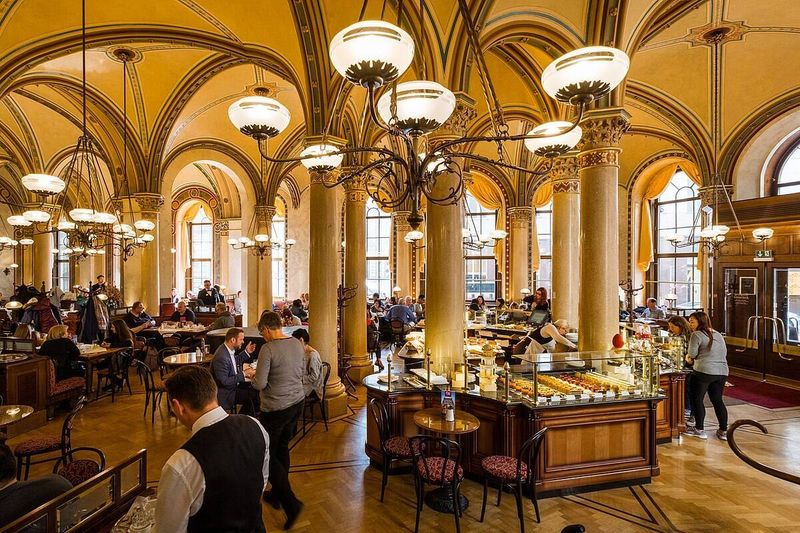
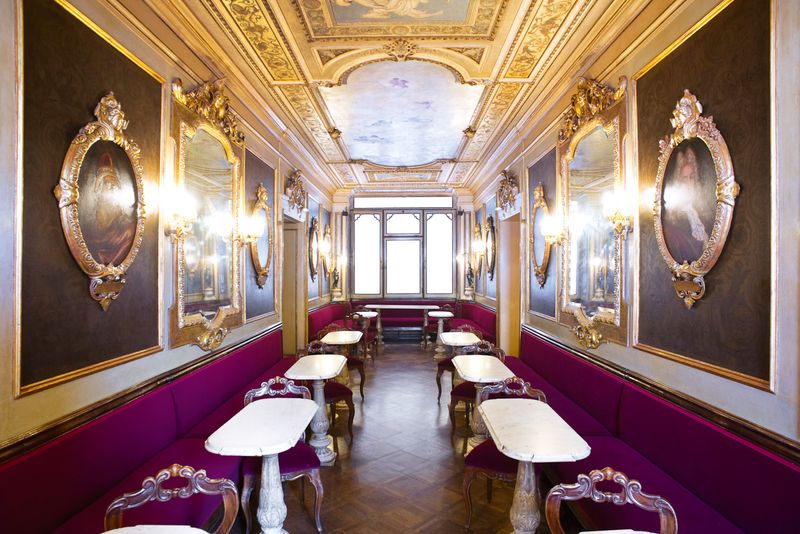
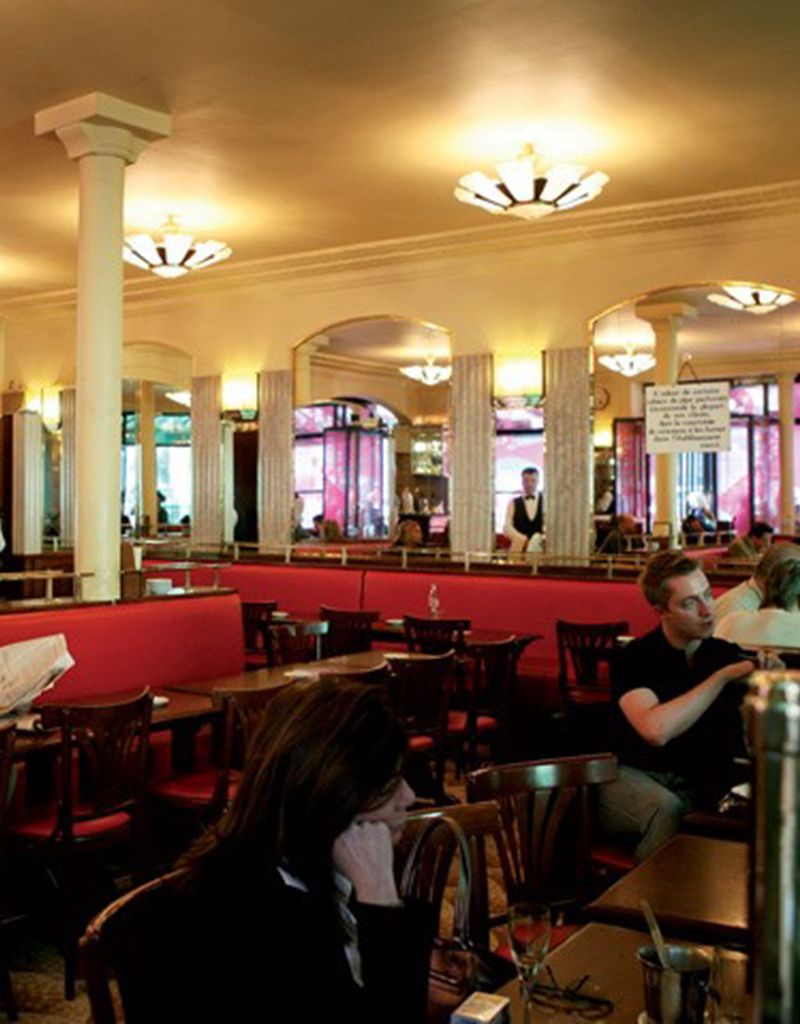
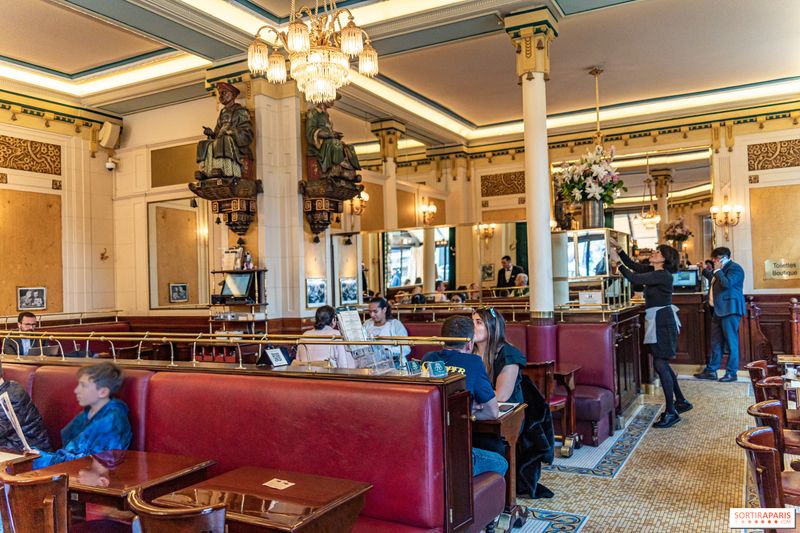
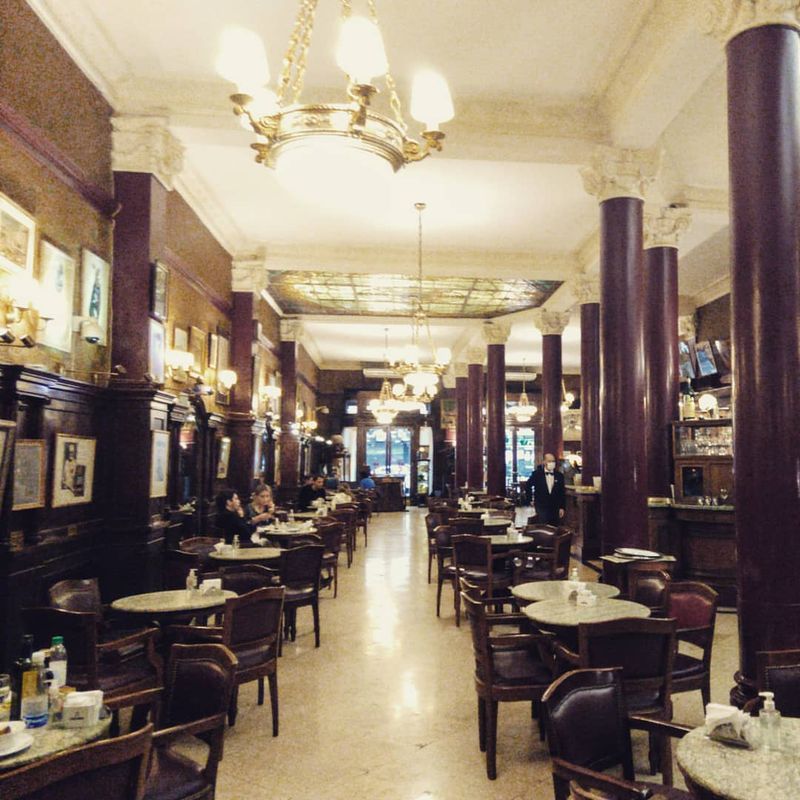
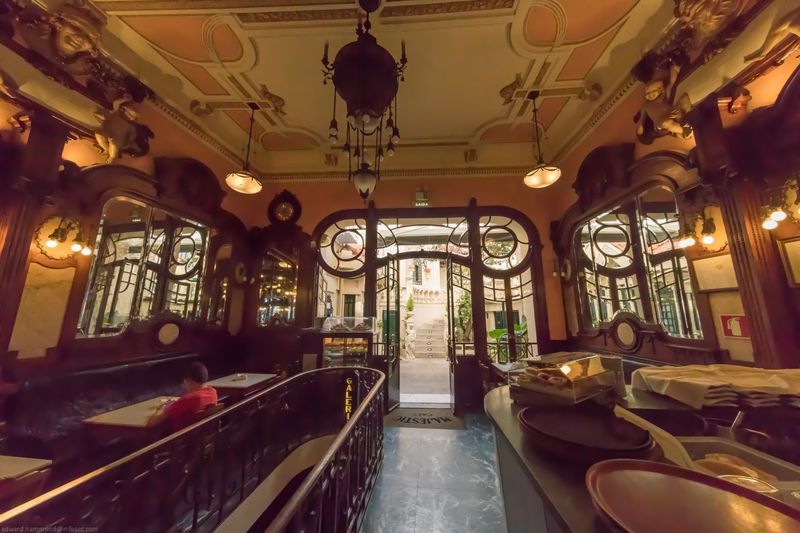
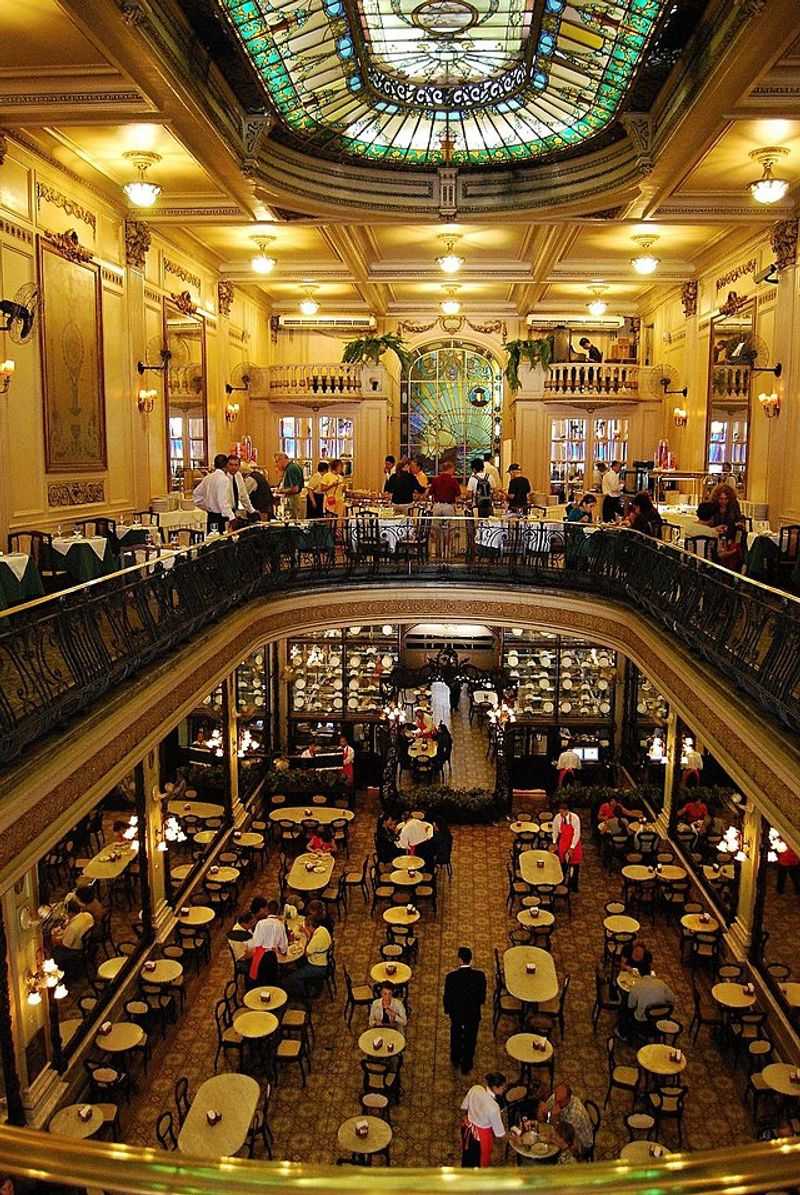
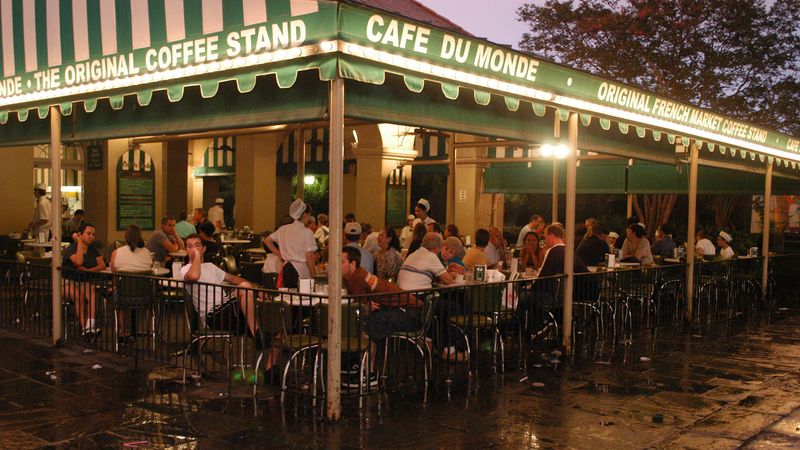
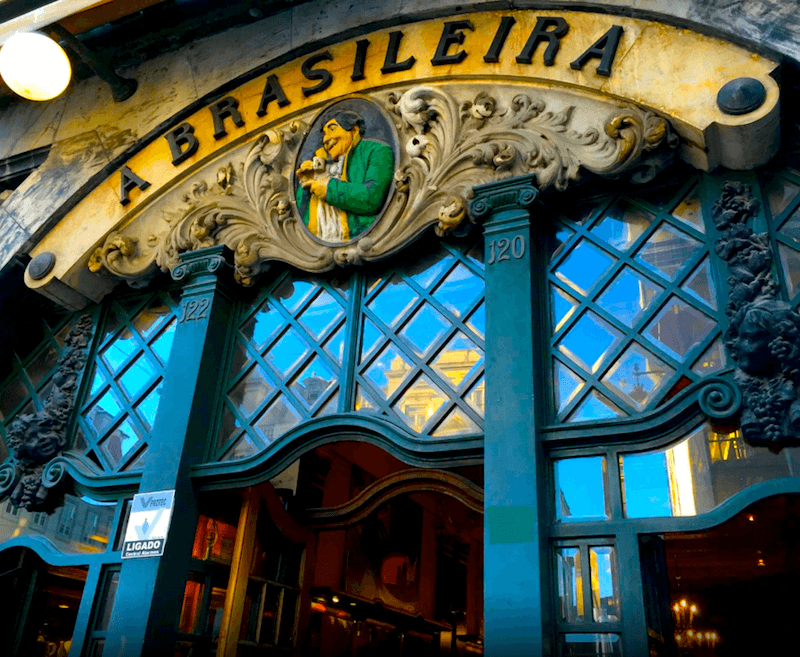
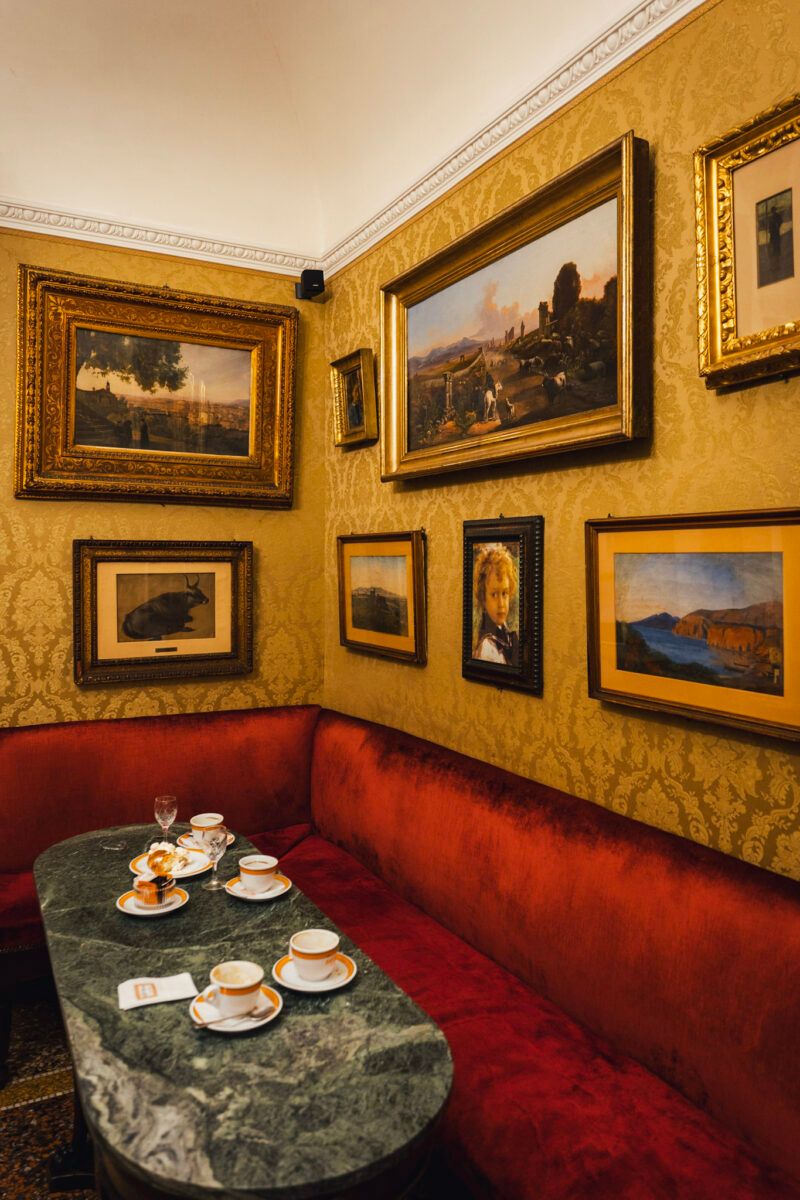
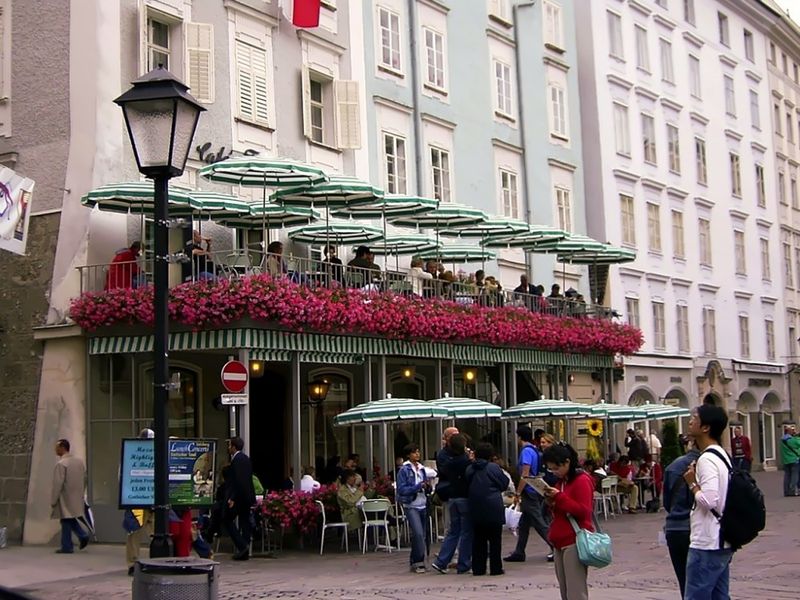
Leave a comment